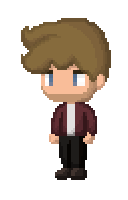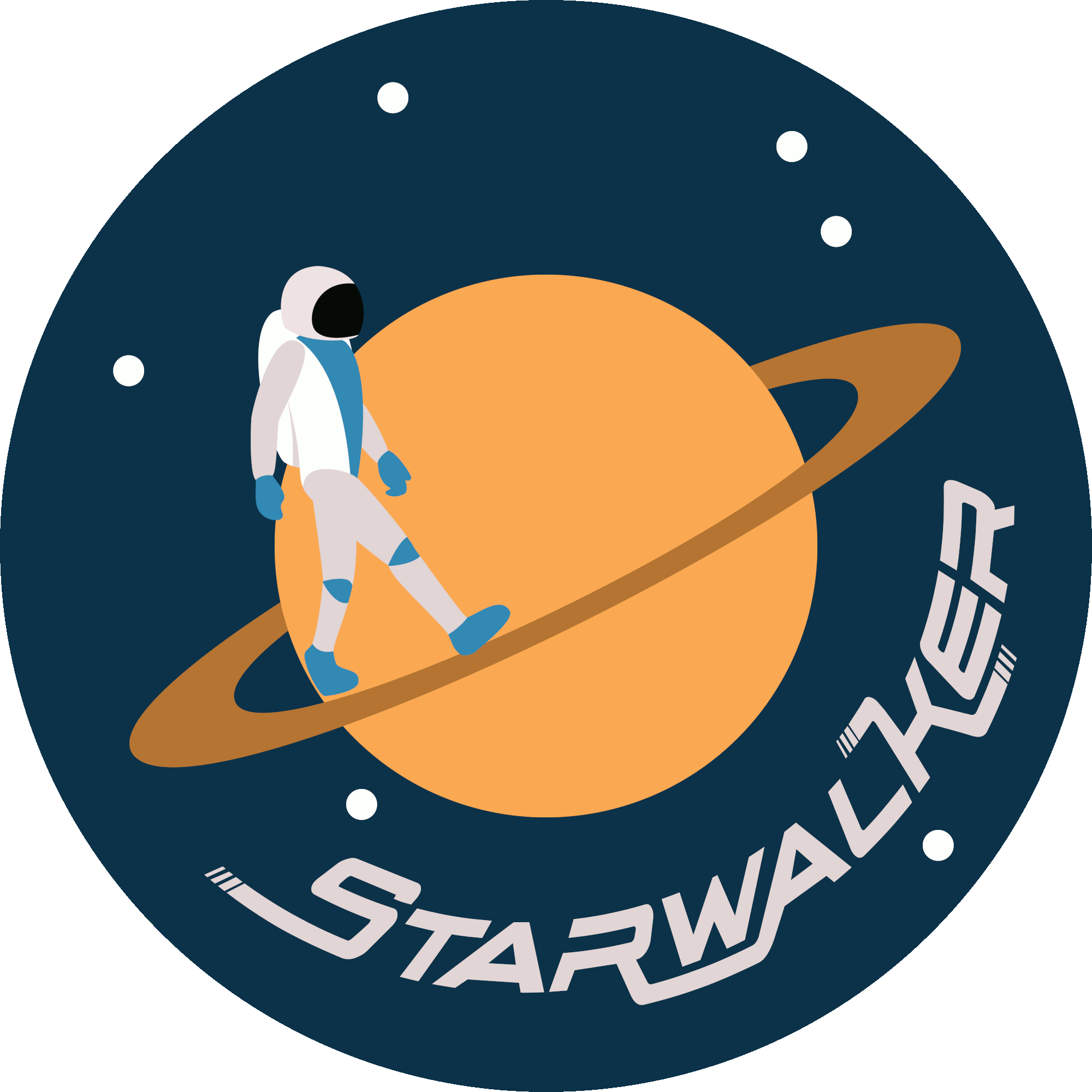Software
On this page you will find a list of software that I have made, most of them being 3D environments used in my research (built on Unity3D with C#). If you want to get one of these environment or just learn more about them, please contact. You can either run the build .exe in windows or get the source code (under conditions), and depending on your project (i.e if you are a student and/or the project is socially helpful) I can help modifying the environment or building on a different platform (mobile, mac, linux).
Cliquez ici pour la version française de cette page

Virtual reality 3D environments:
- Spaceshooter: a first person shooter in a western-like virtual environments.
- Virtual Rod and Frame Test: a cognitive and perceptive style test adapted in VR.
- Starwalker: a platform of mini-games in VR initially developped for rehabilitation of lower limbs.
- Virtual Wisconsin Card Sorting Test a traditionnal Wisconsin Card Sorting Test adapted in VR.
- Virtual Spatial Cognition Evaluationt a virtual assesment of spatial cognition.
Other software:
- PhiVR a small tool used to i) describe the user profile in VR ii) quantify immersion and iii) predict user experience.
- Multipic a tool used to assess the inhibition skill of bilingual children.
Non-available software:
- Threat: a threatening virtual environment used to measure the sense of presence. Built for my master thesis in Neuro&Behavior sciences.
- Hanoi Tower VR: a virtual reality version of the Hanoï Tower which allows the accurate recording of all experimental times and errors. Developed for a PhD course in computer science.

